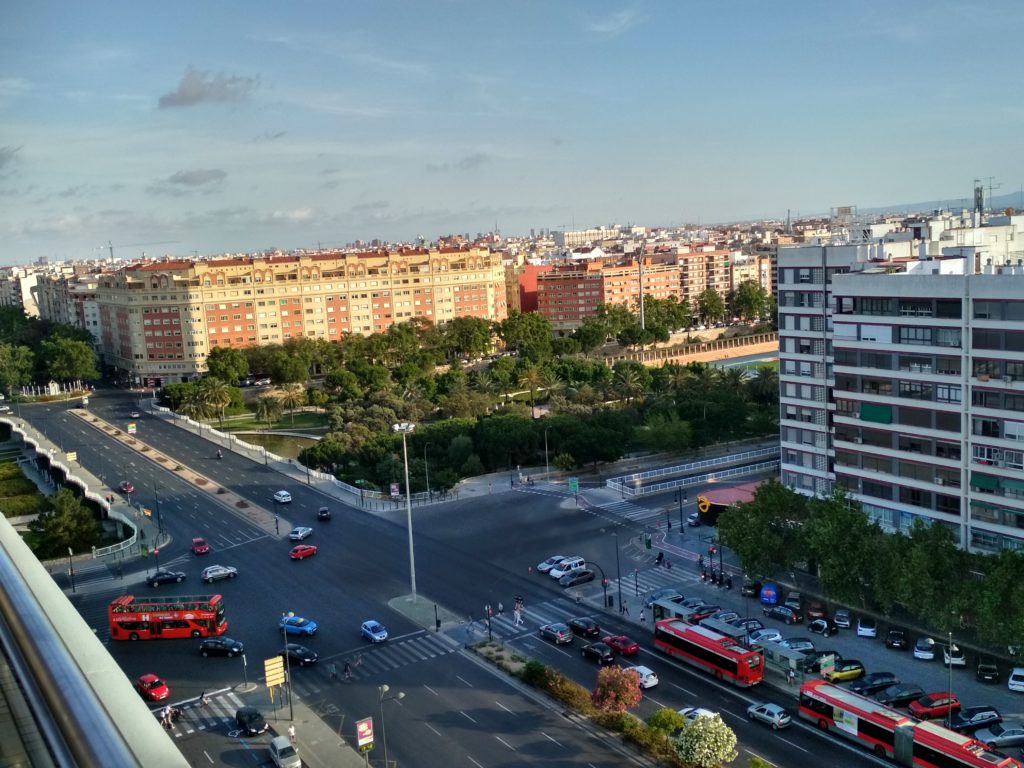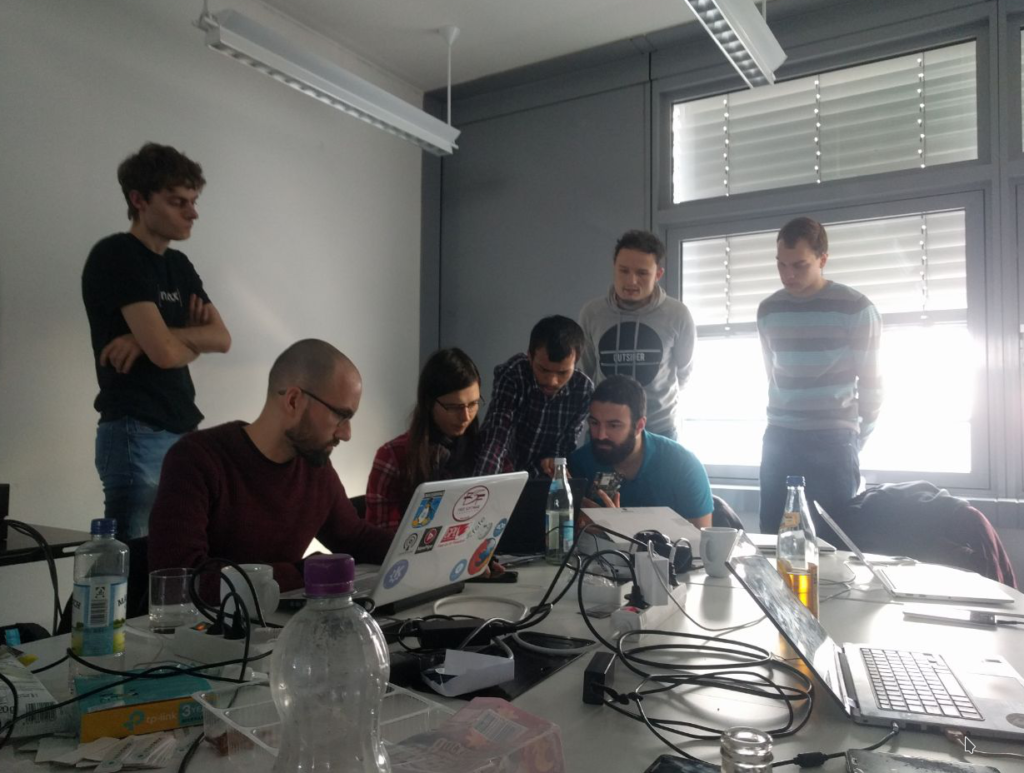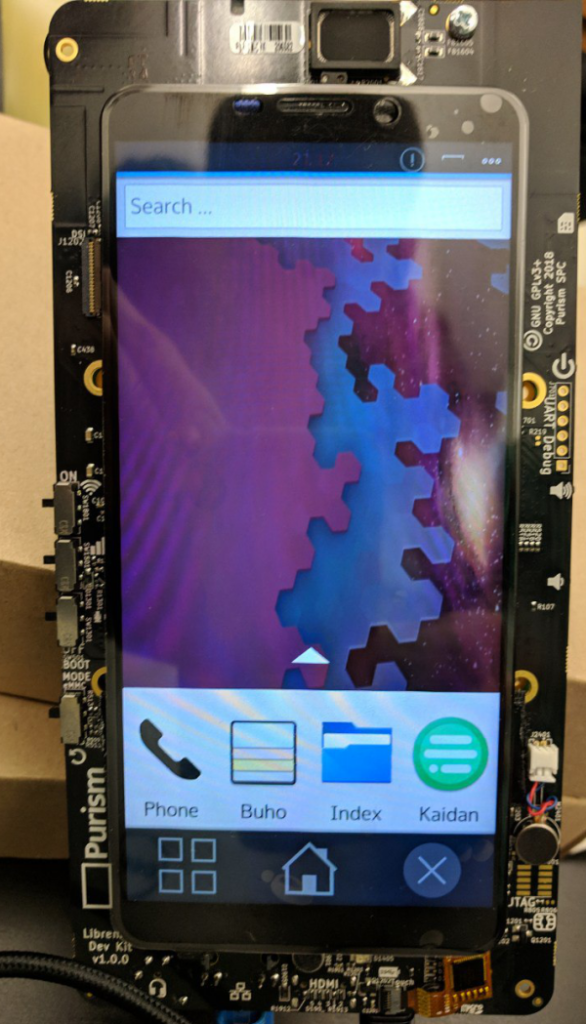IT feels like a billion years before the last plasma sprint, which was in 2019 in Valencia, before the pandemic, but finally this year we are back on track, and was great to see again many old friends as well as seeing many new faces for which it was the first sprint.
We were gracefully hosted by Tuxedo Computers in Augsburgh, makers of very nice laptops that come with Linux and KDE Plasma, as well as being KDE patrons.

First of all, everybody got up to speed with a full git build of a Plasma 6 session, so that everybody could participate in development and discussions from the same level.
There were many discussions about Plasma 6, about what we want to do in Plasma and in Kirigami, how we want to change the look and defaults for the new major release. Most of the user-facing changes have been wonderfully described by Nate.
On my part, I worked on mainly 2 things, that were fairly not “glamorous” but quite important never the less (and mildly painful to do) : a refactor of the plasmoid loading code and splitting all the Svg themes code to a new framework with far less dependencies, ideally usable by any application.
Plasma API
I spent most of my hacking time at the sprint on a refactor of the plasmoid loading code, which won’t be really “seen” by the user, but will make the infrastructure much more robust and the API cleaner.
The person which must pay attention to it is the plasmoid author, which will need to adapt the plasmoid code in a few places.
Most notable is that, just like when you are writing a QML application you have to use the ApplicationWindow root QML Item, for a plasmoid you now have to use a PlasmoidItem root object, so something like
Item {
Plasmoid.compactRepresentation: Label {text: Plasmoid.title}
Plasmoid.fullRepresentation: Item {...}
}becomes:
PlasmoidItem {
compactRepresentation: Label {text: Plasmoid.title}
fullRepresentation: Item {...}
}A full porting guide is in progress.
KSvg
Using the Plasma Svg code to support stylesheet recoloring, on disk image cache to speed up loading, and the 9-patches FrameSvg is something the several applications would be interested to, and some actually are already doing, but since plasma-framework has a lot of dependencies, for some applications that is a blocker. All the svg code has now been broken out into a new framework called KSvg, which is still work in progress, but in the end will support all existing plasma themes with no change, and if an application wishes to use it, the svg sets will be loaded from the app own data folder (or anywhere else the application configures it to) instead of the share/plasma/desktoptheme folder, where plasmashell looks for them (so they can also use a complete different theme structure and don’t have to provide the same elements)








